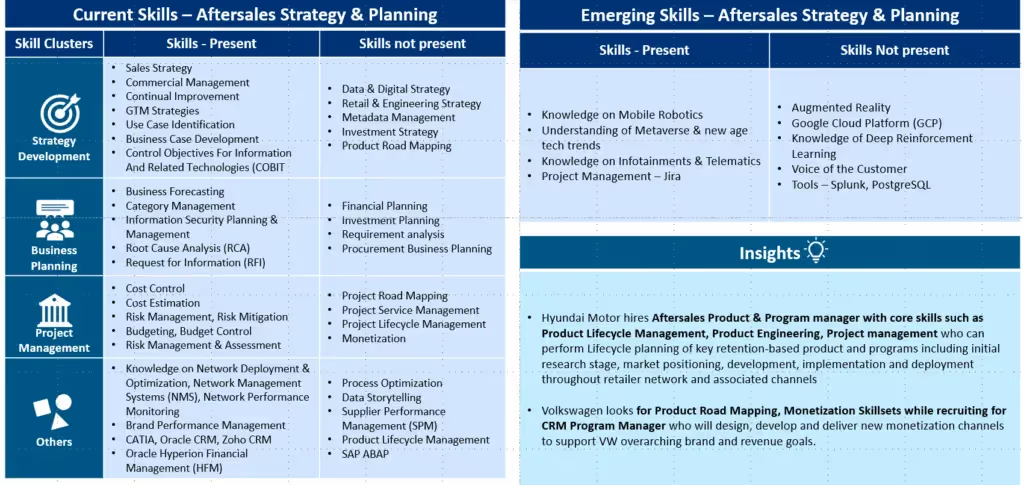Evolving Frameworks for Recruitment, Workforce Planning, and Ethical AI
This week marks the 150th week of launching this series of Sunday emails. What started as a Sunday morning coffee shop exercise slowly got sustained. From a labor market standpoint, this week has been very productive as we brainstormed with a few leaders on newer frameworks we, HR leaders, need to reinforce in changing realities.
In 2018, researcher Lilly Irani from the University of California published a paper called “Design Thinking: Defending Silicon Valley at the Apex of Global Labor Hierarchies” The paper triggered conversations if we are truly addressing systemic problems through design thinking. For example, we use the term beginner mindset in many design thinking workshops, but the attitude changes quickly (Reference MIT Technology Review article by Rebecca Ackermann-March 2023).
An example discussion I had with a few leaders generated a question about what we define as Technical skills. Why are we not reminded of a financial advisor when we think about technical skills? Empathy-infused design thinking is the newer design thinking dimension that is becoming popular. Such applications will rapidly improve our Recruitment and Workforce Planning Frameworks.
- For example, the top-line funnels for critical labor are going down across several enterprises. In some cases, they are down as much as 30%. This aspect is where we need to continue emphasizing the partnership with Recruitment Marketing, and Talent Acquisition is key. There are many factors for this trend, including the non-participation of labor in the front line and the holding patterns we see in other segments (based on our discussions)
- While there are optimizations on the number of resources required by a team, the salary expectations for experienced talent have not changed much. (anecdotally, a few companies mentioned that there are changes in the bonus components offered, and also, the leadership expects to pay for candidates, there is a mismatch that needs to be resolved)
- Recruitment in a challenged macro environment is essential for the company’s success. There are a lot of discussions around analyzing the best available commercial and technology talent in the market. Some of this talent is well versed in scaling large systems, which will be very helpful for several companies.
- The sooner we get to Ethical AI frameworks within the company, the better it is for the enterprise. We cannot scale and correct. We have to be ethical AI from the get-go. How can we incorporate Ethical AI Frameworks in Recruiting and Workforce Planning? We must understand the talent pool from installed companies that practice ethical AI across different locations.
- We also need a new framework for Workforce Planning frameworks. Here is a completely different framework that we developed for Field Service Engineers. We emphasized new age dimensions of Skill Specificity, Skill Competency Gaps, Visibility of Adjacent talent, and other relevant metrics. An empathy-infused design thinking discussion with customers led to this analysis. Such frameworks will also identify what L&D strategies we need to implement.
Example Framework of Field Service Engineers – With a specific emphasis on Skill Specificity

Key Labor Market Developments
- Companies continue to hunt for smaller global centers. German Chemical Company Henkel opened its application development center in Vellore-India, to operate as a satellite location working across centers in China, Indonesia, and Vietnam
- Many countries are developing frameworks for Responsible AI. The ChatGPT and the potential impact on the labor market have accelerated the need to have the right investments and frameworks
- Storytelling, Creativity, and Empathy emerged as the key skills for Software Engineers in our workshop with targeted Venture Capitalists as Co-pilot tools will help in technical aspects
- Semiconductor fab plants are rapidly expanding in the US. This acceleration will have a systemic impact. As coffee baristas take jobs as Robotics Technicians (as an example, we will have pressure in hiring in frontline jobs – despite the expected automation of those jobs)
Overall, we are pretty excited about HR’s role under emerging circumstances. If we plan the initiatives correctly, we can accelerate transformation and adaptation and make the enterprises genuinely care for a great workplace.










.svg)




















.svg)





.svg)
